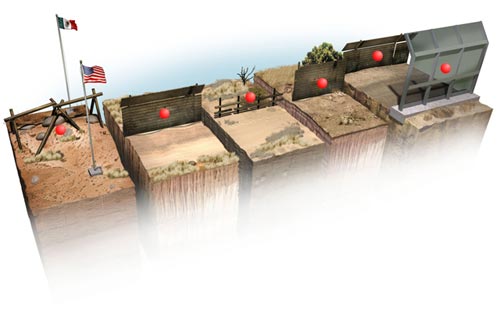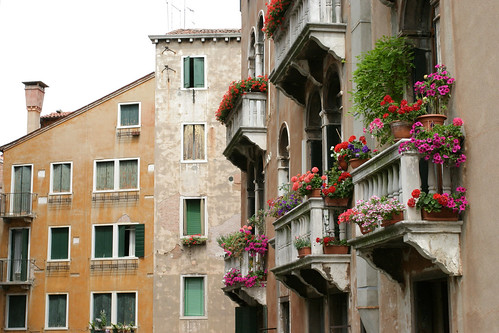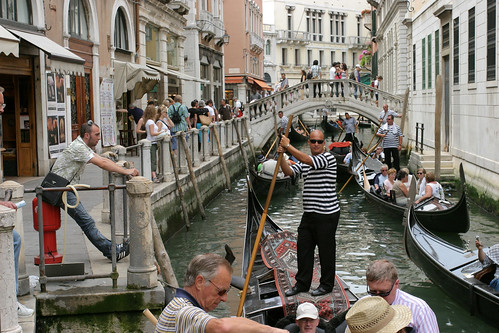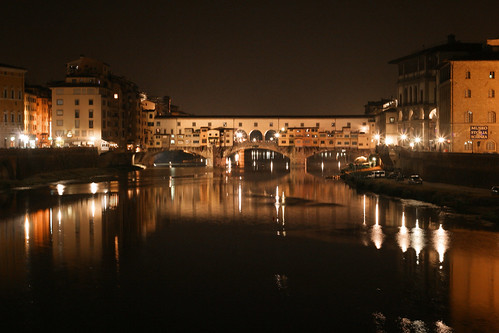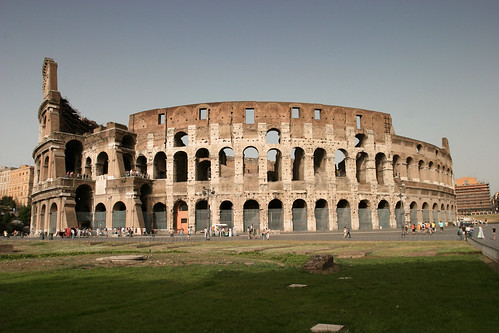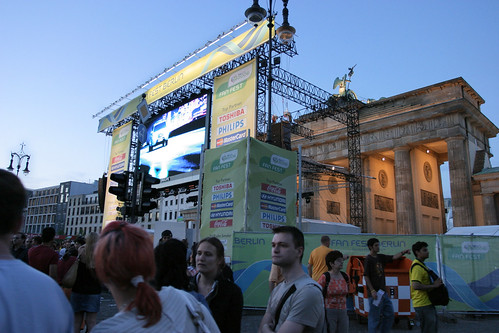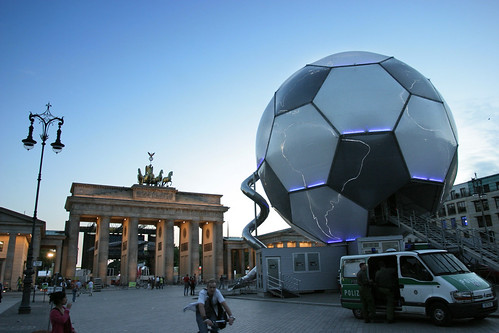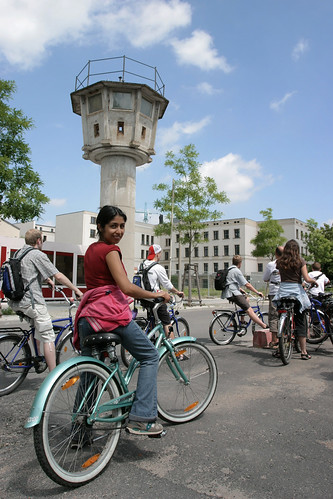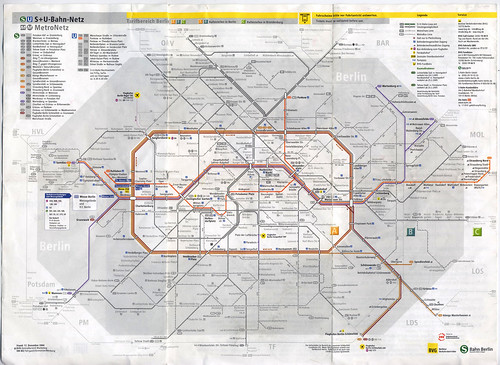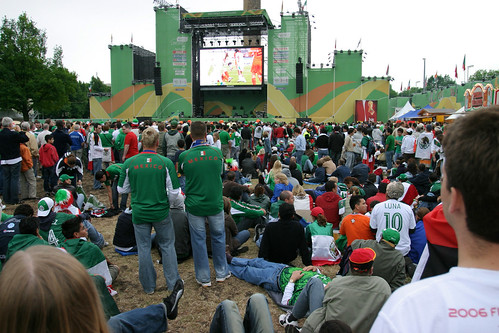Academically, that is, not physically. Peter Skerry, political science professor at Boston College, studies social policy, racial and ethnic politics, and immigration. In the current edition of Foreign Policy magazine, he writes:
[ The border ] is a jerry-rigged example of American ingenuity that reflects not merely ambivalence about immigration but also the competing objectives and compromises characteristic of America’s decentralized and fragmented political system. Moreover, immigration control alone was never the driving force behind the building of the barriers. Instead, border-control policies have had to piggyback on other overriding national concerns. The result is a fence that is neither as draconian and militarized as critics claim, nor as effective as supporters would like. How Not to Build a Fence, Peter Skerry
In the article, Skerry compares the U.S. México border to other militarized borders, such as the former Berlin Wall and Israel’s West Bank. Up against extreme examples, this border appears rather meek. He comments on each section of the fence to detail how its design attempts to be as friendly as possible – no razor wire, short wall to avoid injuries, easy-to-climb horizontal ribbing.
While Skerry’s comparisons are convincing at first glance, they are subtly manipulative. If the U.S and México were actually at war, the fence does appear weak. But in the context of peace, the fence still stands out as a military division. He makes reference to border conflict between Spain and Morocco, but the most recent Spanish-occupied region ceded back to Morocco was in 1969, a much more active land dispute. He goes on to minimize the desert deaths by referring to them as “hundreds” rather than thousands, attributing it to “heat and exposure, not because of a fence that maims and kills.” While technically the fence isn’t attacking people, its existence redirects crossers into dangerous areas. A well-reasoned attempt at objectivity, but it seems Skerry is stretching to put perfume and makeup on a very ugly wall.
Unfortunately, you have to create a free login membership to read the article. The illustration has rollover commentary on each of the red dots. I think it’s worth 30 seconds and the extra clicks. You be the judge.
